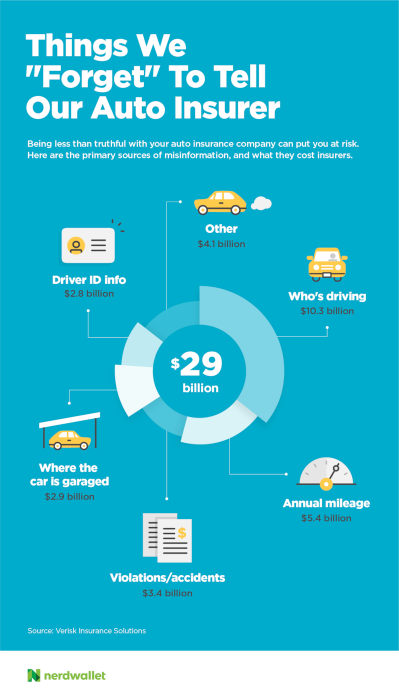Medical expenses can take a big bite out of your wallet. A couple of special accounts, however, are good remedies for both your doctor and tax bills.
A medical flexible spending arrangement is a workplace account you contribute to as a deduction from your salary that reduces your taxable income. You then can use the funds to pay for certain medical costs that come out of your own pocket, such as insurance copays, prescriptions and other items needed to meet your health policy’s deductible. A health savings account is a savings plan to which you make contributions you can then use to pay a variety of medical costs. Only people with a qualifying high-deductible health plan are eligible. Contributions are tax-deductible, and the account’s earnings if invested are tax-free, as are withdrawals for eligible medical expenses. We’ve written about the basics of FSAs and HSAs — how to open an account, what is and isn’t covered — some of which are determined by Internal Revenue Service rules. Here, though, we’ll focus on their tax implications and advantages. How much can you contribute?
The IRS establishes the maximum you can contribute to an FSA each year based on inflation. For 2016, the FSA contribution limit was $2,550. The limit in 2017 goes to $2,600.
The maximum amount you can contribute to your HSA also depends on inflation, as well as the type of high-deductible insurance policy you have. For 2016, the individual coverage contribution limit was $3,350 and the family coverage limit was $6,750. For 2017, the amount for singles goes up slightly to $3,400 while the family coverage limit remains at $6,750. If you are age 55 or older, you can contribute an additional $1,000 to your HSA. » MORE: Find the best tax software
How are contributions made?
Once you set up your medical FSA at work, contributions will automatically come out of your paycheck and go into your account each pay period. The money is contributed before taxes are calculated, so your payroll tax bill should be a bit smaller. If your HSA is based on a high-deductible health plan you get through work, your employer might set up paycheck contributions to your account, meaning the money will go into the HSA tax-free. However, if you make HSA contributions directly, you claim a deduction for that amount when you file your tax return. You don’t have to itemize to claim the HSA deduction. Instead, complete the main HSA tax form — Form 8889 — and claim the amount there on line 25 of Form 1040. You have until the annualApril tax-filing deadline to put money into an HSA for the prior tax year. How do I accessthe account?
With an FSA, you must provide receipts to the account administrator for qualified medical expenses to be reimbursed. If your company provides you an FSA debit card, you can use it to pay for medical expenses, but then you may be asked to provide receipts to prove the purchases were eligible. You’ll likely receive a debit card linked to your HSA balance to use. Along with other annual tax forms, your HSA manager will issue a Form 1099-SA showing distributions from the account. You should keep receipts and documentation of what you spent the funds on, in case the IRS questions whether the amounts you report on Form 8889 went to qualifying medical expenses. » MORE: Top tips for middle-class tax filers
What if I don’t use all the money?
The major drawback of an FSA is that it is a use-or-lose plan. If you end up having a healthy year and have money left in your FSA at the end of the benefits period, your employer gets the excess money. Some workplaces offer rollover options (limited to $500 by IRS rules) or a few months’ grace period (sometimes to mid-March) to spend FSA funds, but they are not required to do so. You don’t have to worry about forfeiting HSA money — there are no deadlines to withdraw funds, even if you no longer have the same high-deductible health plan. HSA balances also can be invested in mutual funds or other devices, and the money can continue to grow tax-deferred and be used tax-free to pay for qualifying medical expenses at any time. Do take care, though, to use HSA money for medical reasons. If you are younger than 65 and use the funds for other purposes, that amount becomes taxable income, and you could face an additional 20% tax on the nonmedical use of HSA money. Once you turn 65, you can use HSA money for anything, but you’ll owe tax on withdrawals that aren’t used to pay medical expenses. This Q&A covered some main points of FSAs and HSAs and your taxes. But as with all things tax, there are exceptions and special rules for certain situations. You can find more inIRS Publication 969. If you have additional questions, talk with your company’s human resources or benefits department. Kay Bell is a contributing writer for NerdWallet, a personal finance website.
The article What to Know About FSAs, HSAs and Taxes originally appeared on NerdWallet.





















